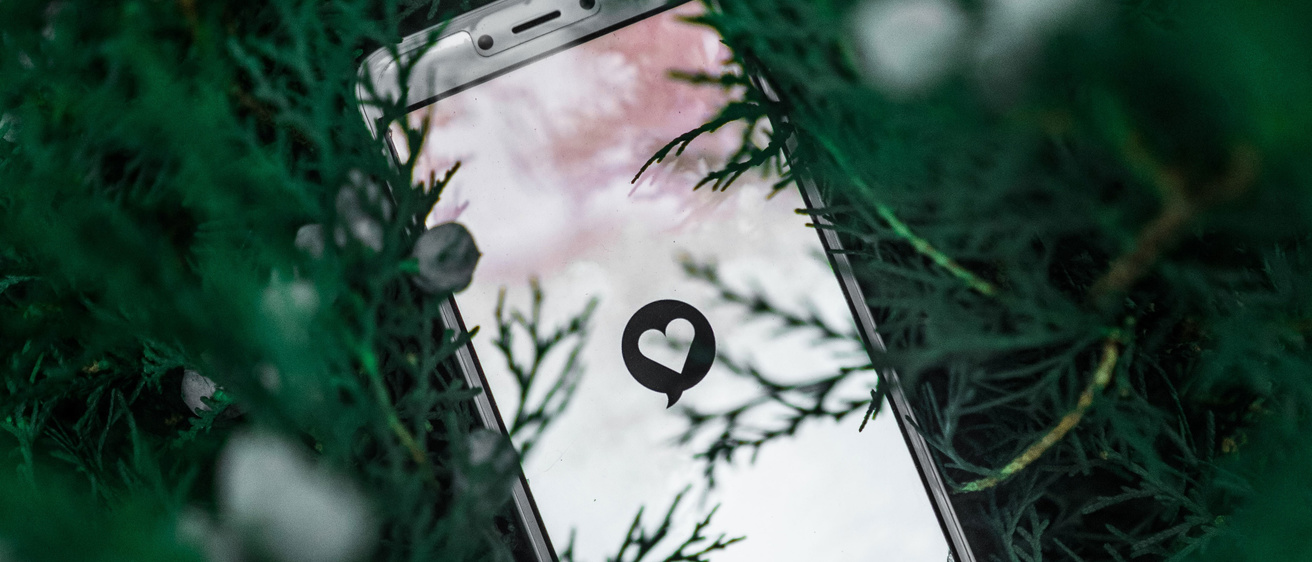A year and a half ago, a friend texted me to ask if I was selling RayBan sunglasses on Instagram. I was not, and it was clear that my account had been hacked. I deleted my account and haven’t re-opened it since.
I study and teach about the effects of media on health and wellness, and I know the research on social media is concerning. Surveys show a correlation between rising social media use and increased mental health struggles for teenagers. Political information that sparks anger and other negative feelings is more likely to be shared on social media.
But the truth is that determining the real impact of social media, or any media, is nearly impossible. It is too much a part of our lives and too complex. It’s even more difficult to determine how any one person will respond to posts they read or watch on Instagram, TikTok, YouTube, Facebook, or Twitter. Social media is a source of connection and community for some, causes anxious thoughts or anger for others, or is a mix of the two, depending on the day.
How can we make sense of social media for ourselves and our families? Taking time to consider your own values and feelings is crucial to finding the right place for social media in your life. Here are some helpful ideas to consider:
Remember social media is designed to be habit forming. The very features of social media, from the Facebook “like” button to YouTube auto-play, are meant to keep you using social media for as long as possible. Companies like Facebook or Twitter make money on how long you spend on the app – more time equals more data they can sell to advertisers. It’s no surprise that we find it difficult to decrease our use of social media. That’s the point!
Consider how you actually feel when using social media. Social media use is a habit. Many adults open the apps 10 times a day or more. Every time you open one of the platforms, check in with your mood. Are you bored, down, or curious? How do you feel while you’re using it? How do you feel after? Based on what you discover, pause before you open the app next time to ask what you really want to get out of it.
Decide how much time you really want to spend on social media . If you have an iPhone, use the Screen Time feature to see how long you spend on your favorite social media apps every day. When you see that number, how do you feel? (From doing this myself and with my students, I know almost everyone feels embarrassed.) If you think it’s too much time, consider setting some limits on how long you use social media apps. Screen Time sets limits so you get an alert when you’ve used your daily time.
Curate your feed. Maybe you like following experts who offer good advice on things you care about, organizations doing important work in your community, or people with lives or perspectives different than your own. Keep the accounts that make you feel happy, connected, or curious, and unfollow or mute accounts that prompt insecurities or other negative feelings.
Understand that social media shows you more of the same. Social media platforms are set up to show you more of what you’ve spent time on. As you scroll TikTok or YouTube, be very mindful of how social media reality can become warped. If users linger on harmful content, their feeds can quickly become flooded with photos and videos that can alter their mood or worldview for the worse. A Wall Street Journal investigation showed it took less than 40 minutes for a TikTok account to show 90% of content about self-harm and depression.
Save social media for when children have the skills to handle it. Younger and younger children are using social media apps that were not designed for them. Social media platforms share rapid-fire information and lots of it. Scary news, adult content, and more are at their fingertips. In addition, the apps are not prohibited from collecting data about children in most states (though they are in the European Union, where Facebook was just fined $400 million for violating data protection rules). Be cautious about social media use until a child is a teenager, even when they insist they’re the only ones not allowed to use it.
Talk about what children find on social media. When children create social media accounts, spend time observing how they use it. Watch with them, without commenting if you can help it, to get a sense of what they’re seeing, doing, and posting. If you use what you observe to start conversations and not make judgments, children may be more willing to share with you as they get older and need more privacy.
Changing your relationship with social media is a process. I taught about, studied, and reflected on all these issues for myself and my family for years, experimenting with limits and curating feeds until discount RayBans became the shove I needed to finally delete my account.
Since I stopped using Instagram, the most surprising thing to me has been how little I miss it. I am out of touch with trends, memes, and hot takes. But I find that I try harder to keep in touch with faraway friends and family in more active ways. I seek out news from trusted sources when I have the time to really process it. Less of my time is lost to my phone, and no time is spent comparing my own messy life to others’ snapshots framed for social media.
For now, at least, that feels like a good trade-off.
Cover photo by Pratik Gupta on Unsplash
